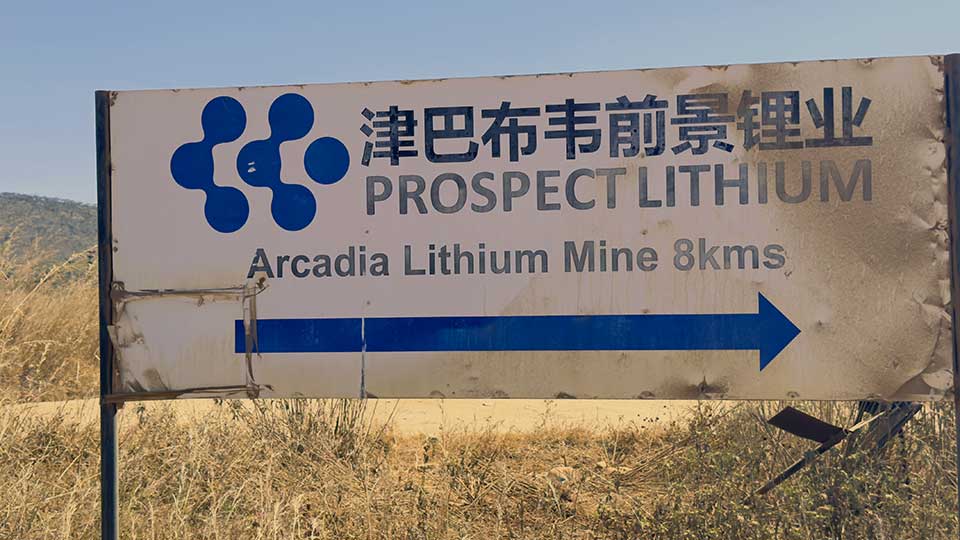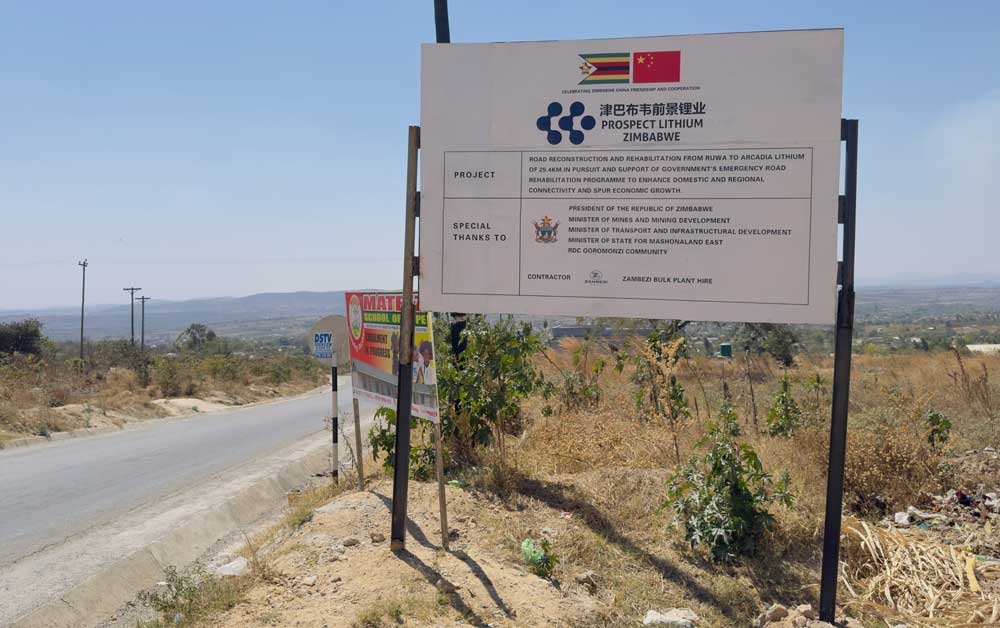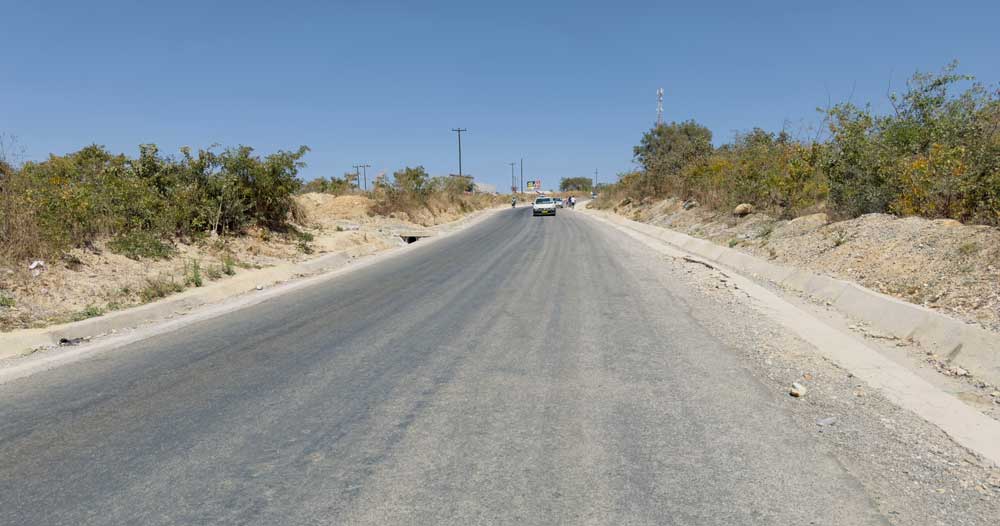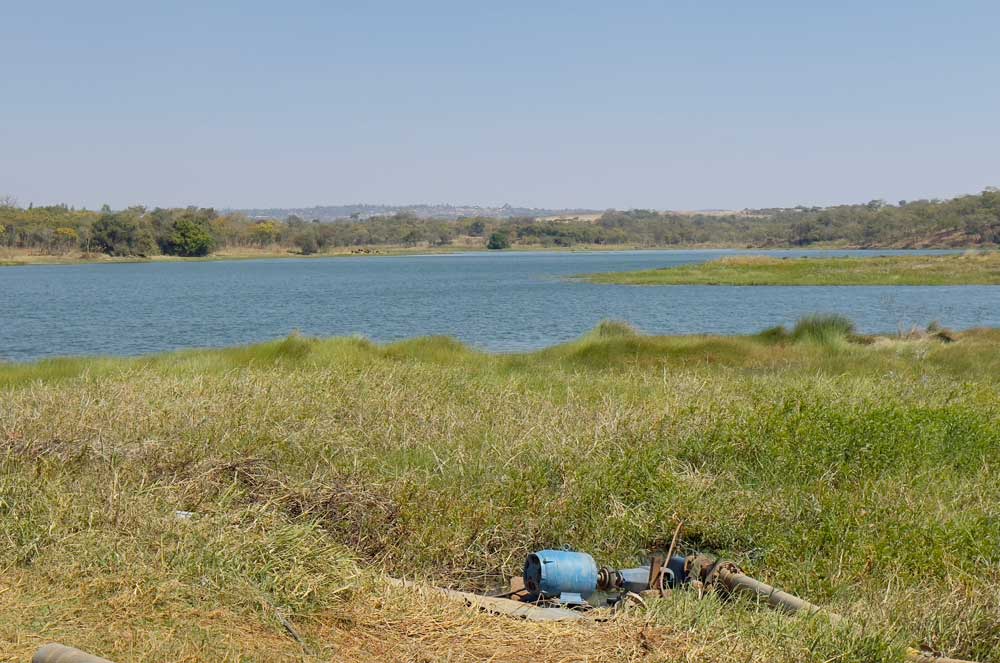
When Chinese battery materials giant Zhejiang Huayou Cobalt acquired the Arcadia Lithium Mine for $422 million in 2021, Zimbabwe saw an opportunity to claim its share in the global electric vehicle supply chain table. Located 38 kilometers east of Harare, the project was billed as a game-changer for a country eager to monetize its mineral wealth.
But for local communities, the deal also brought anxiety. Memories of displacement, neglect, and environmental harm linked to other large-scale mining projects lingered. Nearly two years after operations began, those fears remain, but they now coexist with cautious optimism.
Huayou’s record abroad explains some of the unease. In the Democratic Republic of Congo, where the company runs copper-cobalt projects, watchdogs such as Amnesty International and Afrewatch have documented labor abuses and environmental harms.
In Indonesia, its nickel operations have been tied to collapsed tailings dams, health impacts on workers, and damage to sacred lands at the Weda Bay Industrial Park, a joint venture with other partners that are key Chinese mining giants Tsingshan Holding Group and Zhenshi Holding Group.
These problems are not uniquely Chinese. Freeport-McMoRan, a U.S. company, left a devastating footprint in Indonesia’s Papua province of environmental, social and human rights impacts, where its subsidiary dumped toxic waste into rivers and destroyed sago forests.
Mining, wherever it takes place, often leaves communities paying the cost.
In Zimbabwe, however, Huayou’s local unit, Prospect Lithium Zimbabwe (PLZ) is working to avoid those mistakes. A year and a half after the mine was inaugurated in July 2023, the company launched community programs, invested in infrastructure, and opened channels of communication with residents.
Roads and Dust Control
The most visible changes have been to the roads. Dust from heavy trucks once choked villages along the gravel stretch leading to the mine. Community leaders pressed the company for a solution, and in 2024 PLZ tarred 14 kilometers of road. An additional three kilometers were completed this year, and the company has pledged to finish the remaining eight.

“The road construction and rehabilitation by Huayou was one of the most significant victories for the community,” said one local leader who attends quarterly meetings with the company.
The road project has set PLZ apart. Most Chinese mining ventures in Zimbabwe resurface roads with gravel but stop short of full tarring. The only comparable effort came from a platinum miner based in Johannesburg – Zimplats, owned by Impala Platinum, which built and tarred a 77-kilometer “Platinum Highway” at a cost of $17 million to support not only its logistics but also public transportation.

Better roads have not only reduced dust but also improved relations between the company, community and local government in Goromonzi located 38 kilometers east of Harare where the mine is situated. Community leaders say meetings with PLZ are now regular, with grievances addressed more swiftly than in the mine’s early days.
Women and Youth Opportunities and CSR
Employment opportunities for women, historically limited in Zimbabwe’s mining sector, have become a focal point of PLZ’s corporate social responsibility (CSR) strategy. The company has hired about 500 local women as tailors to manufacture uniforms and packaging sacks, a move praised in Goromonzi, where unemployment is widespread. In most companies across the country, men are preferred over women, and opportunities for women are more limited.
The country’s demographic reality makes such efforts crucial. With 61% of Zimbabwe’s population under 25, demand for jobs far exceeds supply. While many of these new opportunities are low-paying, they nonetheless represent an important entry point for women and young people traditionally excluded from the industry.
PLZ has also committed $1.3 million to its 2025–2027 CSR plan, which includes healthcare, vocational training, women’s empowerment, and electrification projects. The company has also announced plans to supply power from Arcadia transformers directly to surrounding communities, a move that has not been witnessed in other mining projects across the country.
One initiative has drawn particular attention: the creation of a football club that will compete in Zimbabwe’s Division One league. If successful, it would mark the first Chinese mining company in Zimbabwe to sponsor a team.
The contrast is sharp with Sinomine Resources, which acquired Bikita Minerals but stopped funding the local soccer club despite earlier promises.
“These programs are not only symbolic,” said a Goromonzi resident. “They show the company wants to integrate with the community.”
Water Worries

But challenges remain, especially over water. Lithium processing is extremely water-intensive, and farmers in Goromonzi already report shrinking irrigation supplies. Chronic drought, worsened by climate change, compounds the problem. While not all of this can be pinned on PLZ, its operations add to the strain.
Water scarcity is perhaps the single most critical issue for the subsistence farmers who live near the Arcadia mine. Without access to irrigation, crop yields decline, threatening food security. Even as PLZ invests in roads and soccer teams, the question of water could define its long-term relationship with local communities.
A Balancing Act
Huayou’s Arcadia project embodies the dilemma facing resource-rich African countries. On one hand, it brings jobs, infrastructure, and foreign capital. On the other hand, it raises concerns over environmental pressures and long-term sustainability.
Zimbabwe, desperate for investment and foreign exchange, is betting that projects like Arcadia will help revive its struggling economy. Communities in Goromonzi, meanwhile, are watching closely, hopeful but wary.
